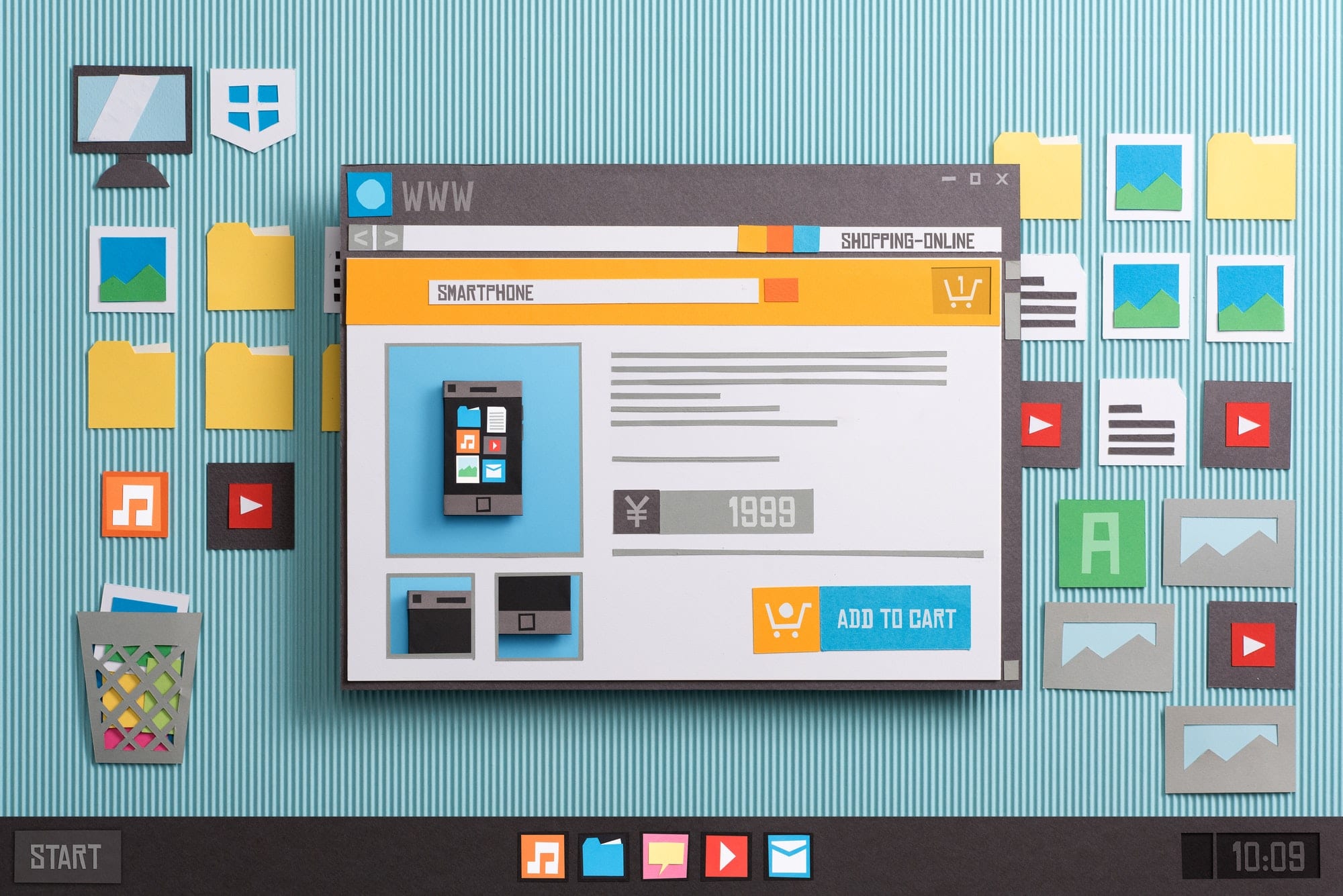The good news is that COVID-19 vaccines are finally being distributed. The bad news is that the pandemic is likely going to be around for a while. So, buyer trends from 2020, such as remote working, online shopping, and contactless delivery, are all set to continue in 2021. Businesses have to accelerate their digital transformation to ensure their long-term survival.
Many businesses have realized that the most important aspect of digital transformation is retrofitting their website to optimize communication. But before you can take any actionable steps to do that, you need to understand the trends in 2021 that will affect your website.
7 Trends in 2021 That Will Affect Your Website and Actionable Tips
The following are 7 trends in 2021 that will affect your website:
1. Mobile Shopping will Dominate eCommerce
In 2020, millions of businesses worldwide that didn’t even have a website suddenly came online to respond to lockdowns, remote working, and changing buyer behavior. With foot traffic limited throughout 2020, most consumers were making purchases using their mobile devices. By the end of 2021, nearly 73% of total online sales will be made from mobile devices.
Hence, as a business owner, you need to optimize your website with a mobile-friendly design to improve its customer experience. First, examine how mobile-friendly your website is currently. You can easily do this using Google’s mobile-friendly test. Next, you need to create a progressive web app with a smooth checkout process to speed up the purchase journey.
2. Relevant Information Only
Since the pandemic’s start, most customers are prioritizing minimalism and only interested in relevant information on websites. So, if you’re planning to embrace a minimalistic design, make sure the information you share doesn’t distract your customers from the main message. Keep the design simple with small paragraphs. Your goal is to keep the focus on your brand, products, and services instead of unnecessary information.
3. Omnichannel Shopping will Become the New Normal
Omnichannel shopping refers to customers using multiple channels to engage with businesses, including websites, social media, SMS, Email, and calls, etc. However, all these channels require a communication hub, which should be your website. To do this, you have to ensure that your CTAs across all channels lead back to your website for more information, purchases, and signups, etc.
4. A Peak in Demand for New Payment Options on Websites
Your payment options might be one of the main reasons a remote customer chooses to shop from your website. If you don’t offer their preferred method, they’ll look for your competitor that does. Most modern businesses accept digital wallets, like Google Pay, PayPal, Apple Pay, along with debit and credit cards.
5. High Demand in Visual Commerce and Video Marketing
Visual commerce involves using images, animations, and videos on your entire website, not just the product pages. The easiest way to do this is to create 360-degree images or videos of your products and projects and update your web design. You can also repurpose user-generated content, such as reviews, comments, and feedback to generate more interest.
6. Self-Service Websites will Continue to Rise in Popularity
Whether you’re just starting online or already have an established website, you need to update your content that can help your audience get up to speed with your business, products, and services. Self-service websites ensure that your customers get most of the information they and answer their queries without additional support.
You can do this is by opening the comment section on your product pages, highlighting customer reviews, and updating your FAQs with COVID-19 updates and policy changes.
7. An Emphasis on Real-Time Engagement for Remote Communication
With businesses closed for months in 2020, businesses had to look for different alternatives to in-person communication with real-time engagement. Many proactive businesses added live chat support to their websites to ease the load on other support channels, such as calls and videos. Using live chat, you can automate common queries, solve queries in real-time, and boost your sales conversion rates.
Conclusion
Whether you’re aiming for continuity or business growth, you need to prepare yourself for these 7 trends that will affect your website as soon as possible. Your competitors are probably ahead of you in many of these changes, so to ensure you don’t fall behind, you need to retrofit your website quickly. If there’s anything we’ve learned from 2020, it’s that opportunities are there to be seized online.









